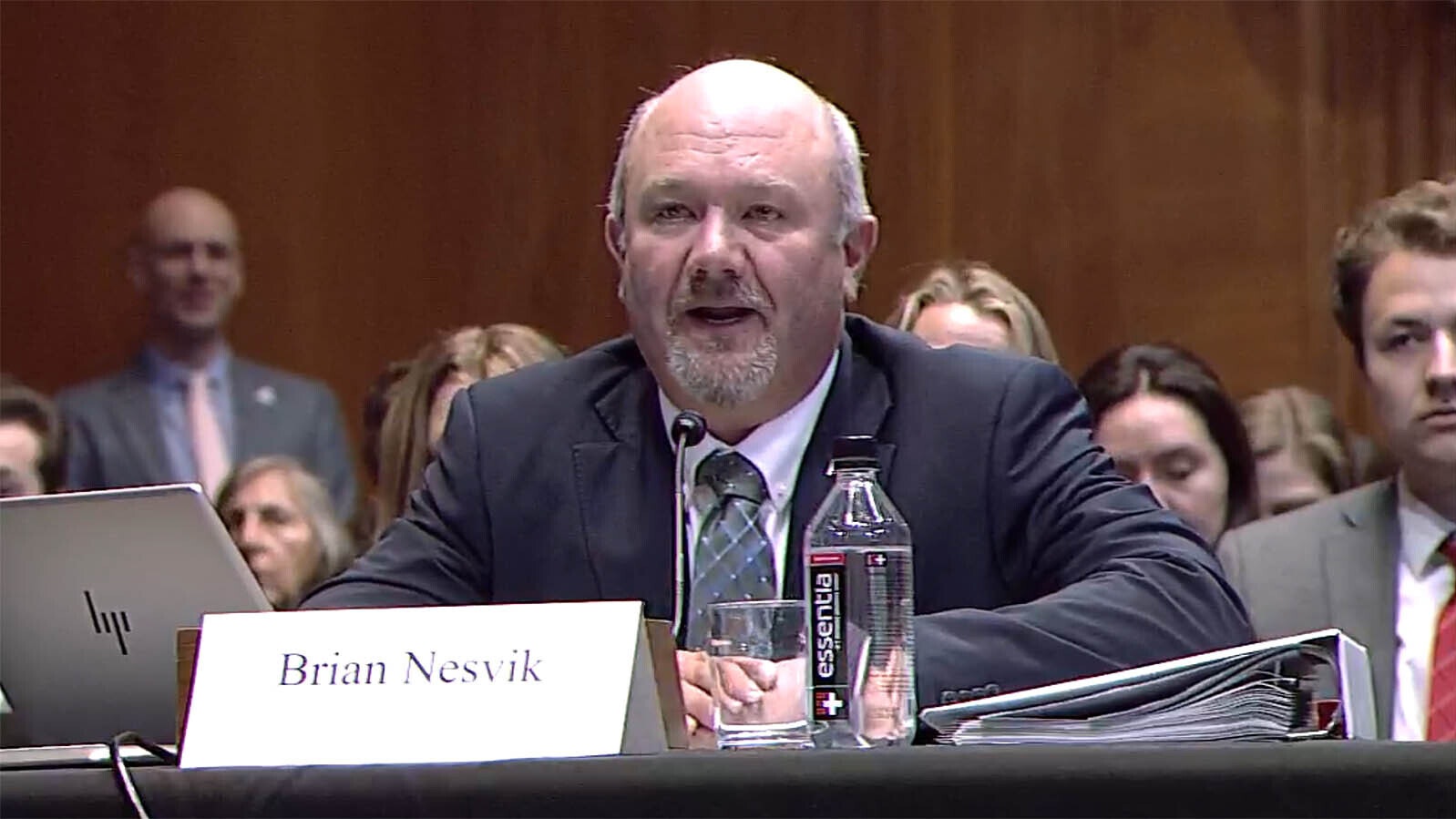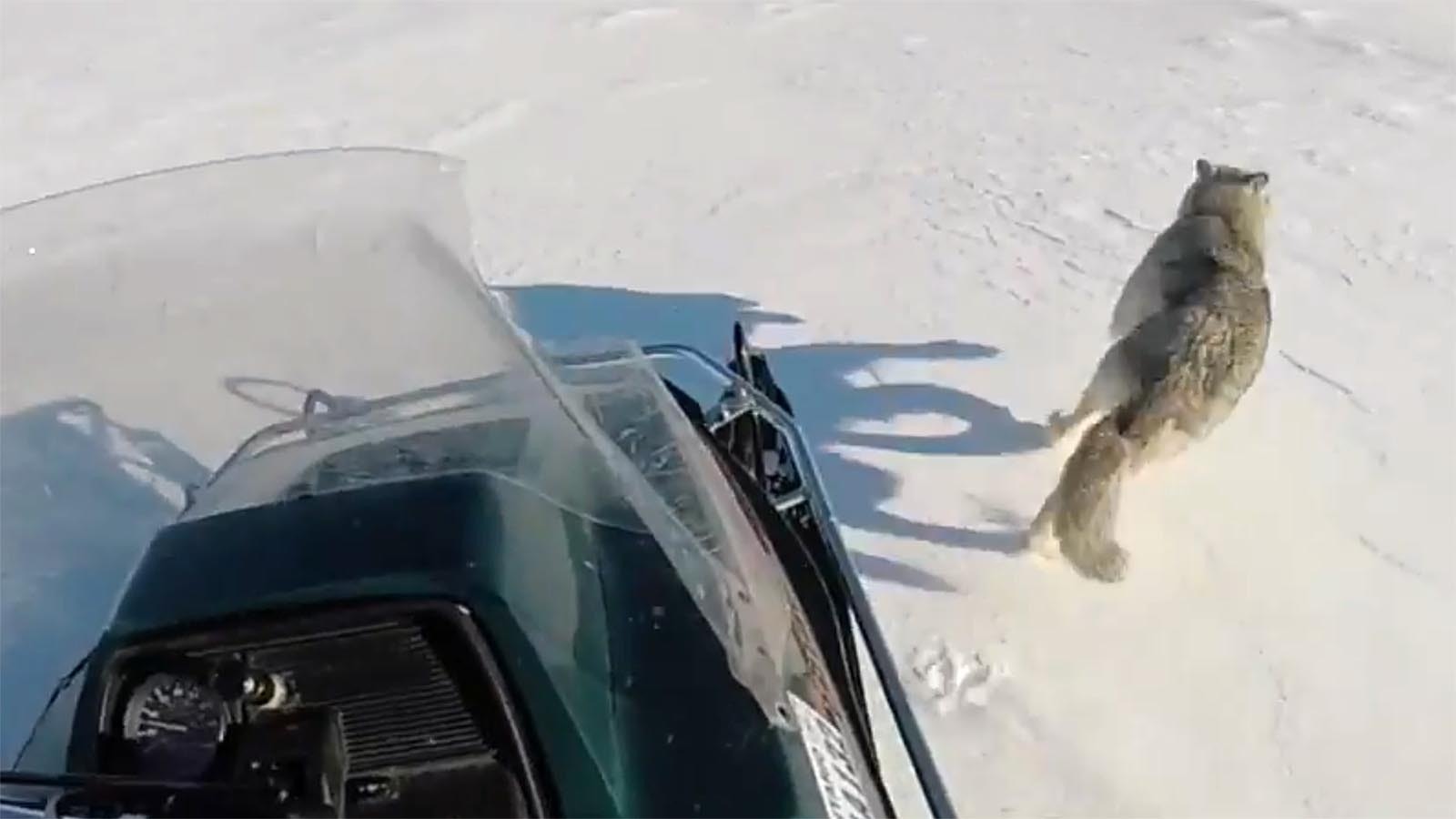“When I first heard that I was going to be living in the snow for a week, I was freaked out,” wrote Juliana Nemeth, Wyoming Catholic College class of 2016, remembering her baptism in the snowbanks of Wyoming’s backcountry.
“I was convinced I would freeze to death. But I went for it, and it turned out to be one of the top weeks of my life. I want to go back so bad,” she wrote.
For some this time of year, winter camping is at once freak-out-inducing and somehow alluring. On its website, Wyoming State Parks touts winter as the “secret season” offering “unmatched seclusion” for those pursuing, “One of Wyoming’s favorite cold-weather activities.”
Wyoming stands out as an Arctic-like location for classes, military training and educational expeditions into the depths of winter.
In 2008, the first year Wyoming Catholic College required its students to complete a winter camping course, temperatures plunged well below zero and everyone was at risk for frostbite and hypothermia.
Since then, WCC has led around 1,200 students on its annual winter expedition into the Wyoming backcountry. Over the years, two students were evacuated for health reasons, but no one has ever suffered frostbite.
Members of an Air Force training mission were not so lucky, or so the legend goes.
“The story of the first year has been a bit exaggerated,” said WCC President Kyle Washut. “There was a military group, Air Force I believe, out around Pinedale the same week that we were, and several of their members got frostbite.”
“Thankfully, no members of our group did,” added Washut, who attended that first winter adventure as the WCC’s director of student life.
"That first year was frigid, around -22° F. The first night out, we slept in tents, because we hadn't had enough time to construct our quinzees (snow huts),” Washut told Cowboy State Daily in an email.
“I remember waking up and thinking that it was snowing in my tent,” said Washut. “But then I realized that it was actually just our breath, rising to the top of the tent, freezing, falling back down on us as ice crystals.”
At camp, everything froze instantly — macaroni and cheese froze in the bowl, toothpaste froze in the tube if you didn’t snuggle with it in your sleeping bag.
Clarity Of The Cold
“Winter brings a certain peace, a quiet stillness, and a landscape cleansed by the white snow. It is the perfect setting to continue the development of the imagination and grow in virtue as the students confront new challenges,” explains the WCC website, alerting future students to be prepared to travel ski routes of up to five miles at elevations of 6,900 feet to 10,500 feet.
Joseph Fredriksson, the current WCC director of student life, completed the trip as a student and later as a leader.
“We want people to have a direct experience of the natural world,” Fredriksson told Cowboy State Daily. “We want them to shape the interior senses of memory and imagination.”
Fredriksson said the cold and isolation of a snow camp brings clarity of thought and intellectual growth.
“Strengthening of the exterior and interior senses is indispensable,” said Fredriksson, singing the praises of winter camping. “It gives you sensory experiences that you otherwise wouldn't have even if you're an avid camper in the summertime.”
The students build quinzees, and then snow altars so priests can ski or snowshoe in to say mass.
Who Wants To Be The Mole?
When Smith Maddrey taught winter camping for the National Outdoor Leadership School, he said the quinzees or “digloos” his students constructed in the Tetons looked like domed structures from another planet — as if Luke Skywalker’s childhood home was on the planet Hoth.
“They would spend hours and hours piling up snow,” Maddrey told Cowboy State Daily. “And so they would keep their skis on. And they would just pile snow and pile snow and then every like 30 minutes someone would go up on their skis and pack the snow down.”
“You want to ‘time harden’ the snow. Once it's all packed around your little mound, you don't want to start digging right away,” cautioned Maddrey. “You want it to set up a little.
And once each solid dome of snow settled, said Maddrey, it was time to appoint a “mole.”
Getting anointed the mole meant you were outfitted with an avalanche beacon and the first to burrow into the snow mound. While other students stand at the ready to dig out the mole if there is a collapse, the mole happily carves out a living space inside.
“I don't know, 10 feet by 10 feet across,” guessed Maddrey, recalling the snow cave sleep spaces he helped construct. “You do the three hours of burrowing in. And then you get inside. Then you're just shaving snow and slinging the snow out and the other people in the group are moving it all out of the way.”
A “heat lock” is constructed at the entrance, so anyone coming and going must dip down, then back up into the interior living space.
Along the way, everyone is encouraged to do jumping jacks to warm up, and monitor each other for signs of hypothermia, because once a person’s hands and feet start to get cold it becomes increasingly difficult to get the blood flowing again.
Finally, with candles flickering in the snowy glow of a well-constructed quinzee, it is time to drift off to sleep.
There is no restroom. Men learn to roll on their side and urinate in a bottle, said Maddrey, while women mostly choose to slip past the heat lock and go outside.
On the final morning, before departing back to the wood stoves and central heating systems of the world, Maddrey said his NOLS groups walked across the top of the snow domes.
On the first pass, everyone usually made it across because the domes were still strong, said Maddrey. But like slouching snow men, even the most magnificent snow caves eventually start to slouch.
David Madison can be reached at david@cowboystatedaily.com.










